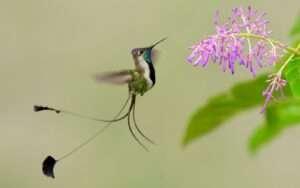
- +51 946 859 289
- wildandestours@gmail.com
- Av San Martin 617, Lima, Peru
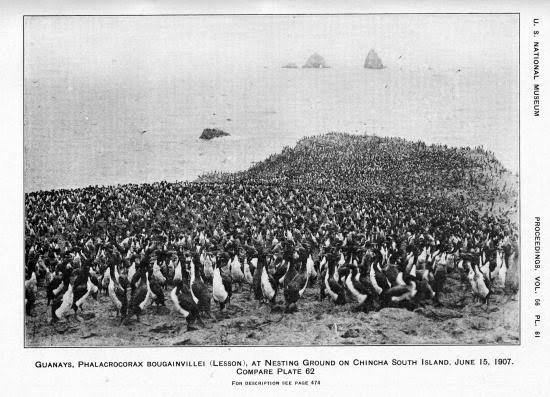
The Industrial Revolution allowed people to increase their income, allowing them to prepare better for the future and to protect themselves and their families from the hardships of life. Thanks to this economic miracles, now people were not only living longer, but the survival rate of their children also increased dramatically. We experienced a jump in population size like we had never seen before.
This population jump created its own set of challenges. Now all these people had to it, but the agricultural model was not up to speed. Exploiting the land at the rate that we needed, was deminishing the inorganic compounds of the soil, particulary phosphorous and nitrogen.
Guano, a fancy word for bird poop, is amongst the highest natural sources of nitrogen, making it an excellent fertilizer. However, where could we find guano in such concentrations that would allow us to sustain the agricultural demands of the time?
The Peruvian Coast has a set of very unique characteristics, first it is blessed with the Humboldt Current coming from the South. These cold waters are filled with oxygen and micronutrients, allowing it to sustain lots of biomass. Secondly, the Humboldt Current crashes against the Atacama Desert, one of the driest of the world.
The seabirds that reigned the trophic chain of the Humboldt Current lived off the Islands along the Peruvian Coast, in order to avoid human presence and disturbance on the main land. Due to the fact that it virtually does not rain in those Islands, the guano would not wash off, and layer after layer, during possibly dozens of thousands of years, these birds managed to create Guano deposits that would reach more than 30 meters of height. In fact, some birds evolved to nest using the Guano as substrate for their cavities, such as Peruvian Diving-Petrels and Humboldt Penguins.
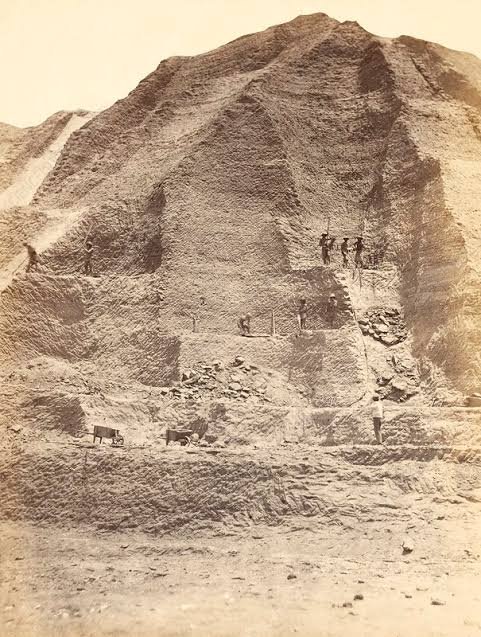
Once we realized the economic potential said Guano Reserves had, and we started to exploit them at an unsustainable rate, as we were basically mining the resource in months, when it took thousands of years to form, the Peruvian Goverment thought of ways to increase our Seabird population, as a direct way to increase Guano production.
A set of measures were taken, some great and some awful, in order to prolong this economic boom as much as possible. By far, the worst mistake was to hunt down the Condors that lived on the Islands, as they ignorantly feared they would prey down the Guano Birds. That is right, contrary to popular belief, Andean Condors used to be quite common on the Coast, as they feed on carcasses of the South-American Sea-Lion colonies along the Coast and the Islands. Nowadays, Condors can be regularely seen on the Coast of the San Fernando and Illescas National Reserves.

Another measure was the introduction of Lizards from the Coast to the Islands, in hopes that they would predate on thicks and other parasites that could increase mortality among the birds.
Finally, the best conservation measure by far was the creation of “Puntas Guaneras” along the Peruvian Coast. The Goverment realized that the one factor avoiding population growth was lack of nesting areas in the Islands, as they were packed to the last square centimiter. So, the Goverment decided to basically create the illusion of artificial Island along the Coast. The Goverment chose a set of peninsulas in close proximity to some Guano Islands, and basically fenced it down and provided private security. This kept people, dogs and natural predators such as Andean Foxes at bay, and permited the proliferation of newer and bigger colonies. To highlight the success this measure had, the largest Humboldt Penguin colony is at Punta San Juan, an artificial “Island” on the Southern Coast of Peru, and hosts over 5,000 penguins.
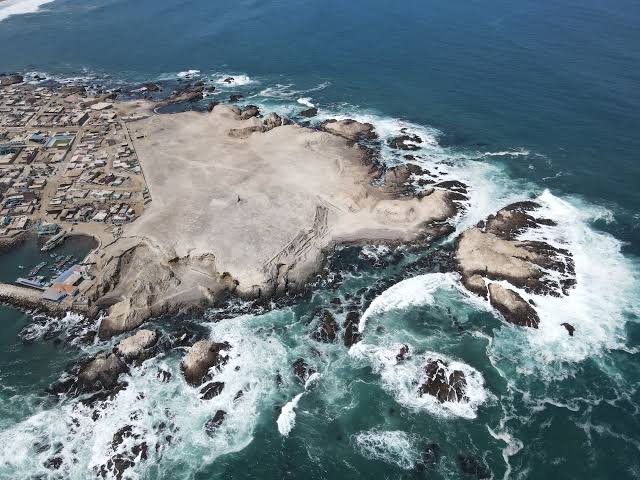
Unfortunately, in the early 1910s, Fritz Haber found a way to fixate Nitrogen from the air into usable forms for plants, which opened the way to the era of man-made fertilizers. This newer, cheaper and virtually unlimited resource took Guano out of the market in a heartbeat.
Even worse is that many of the fortunes that were made during the Guano boom switched and allocated their resources into industrial fishing, which was the begining of the demise that the Peruvian Waters are currently facing.
Welcome to Wild Andes! We offer unforgettable birdwatching and photography experiences for nature enthusiasts. Explore our popular destinations, upcoming tours, and travel alongside expert guides. Let us show you the incredible flora and fauna of Peru!
If you have any questions, or need to request additional details, please do not hesitate to contact us

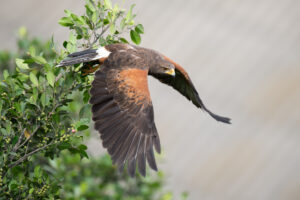
Subscribe to our newsletter and stay up-to-date with the latest news, offers, and tips.